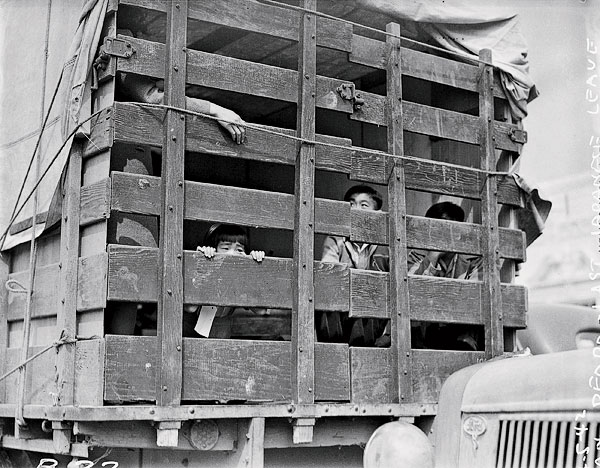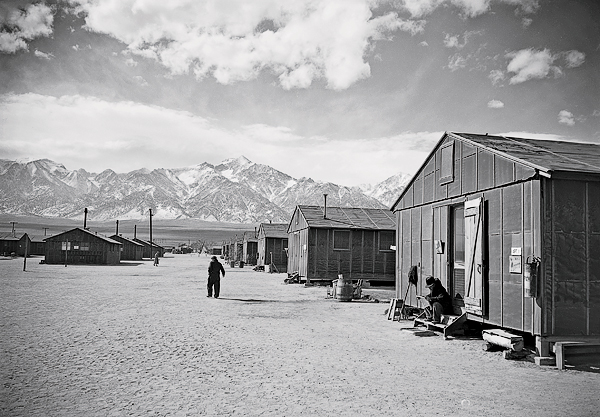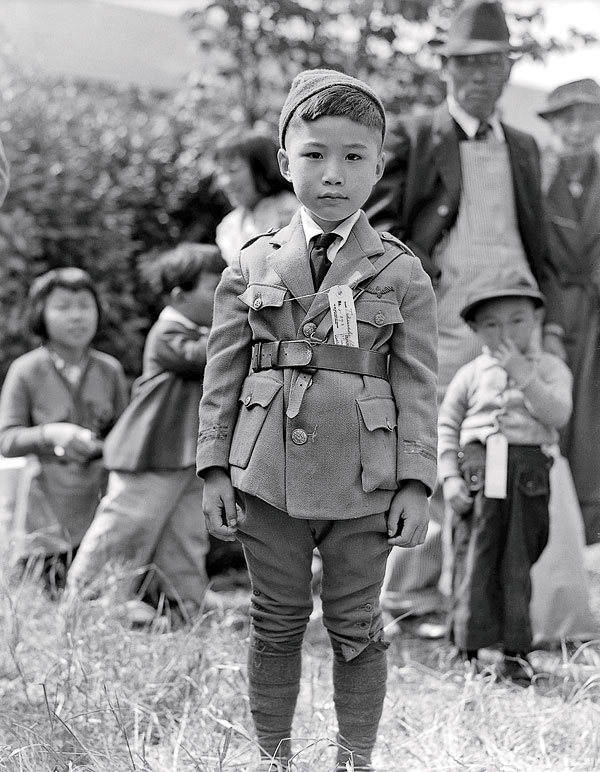Of the more than 100,000 Japanese Americans tossed into 10 stateside prison camps during World War II, 70,000 were U.S. citizens. That scourge on American history is the subject of a haunting new book, Un-American: The Incarceration of Japanese Americans During World War II, by Chicago authors Richard Cahan and Michael Williams (November 15). “As Americans and humans, we are very capable of making shortsighted decisions based on fear,” says Cahan, who worked with Williams to gather poignant images by such iconic photographers as Dorothea Lange and Ansel Adams—and track down some of their subjects. “I want people to understand what we, as a society, are capable of.”




The sight of barbed wire and armed guards shocked
many Japanese Americans, who had no idea what to
expect or how long they would be incarcerated.
Clem Albers

Wanto Company, he owned in Oakland, where he was born. “I paid for it the day after Pearl
Harbor,” he told Dorothea Lange. Newly married, Masuda and his wife were incarcerated at the
Gila River Relocation Center in Arizona. They never returned to the store.
Dorothea Lange

greenhouses in San Leandro when they were ordered to report. “Dad was never the same,” said daughter Kayoko
(now Kayoko Ikuma). “His confidence was really shaken. He could not provide for his family.”
Dorothea Lange

mother, Aki.
Clem Albers

Center, a converted rodeo grounds in the northern part of the
city. Baggage followed Japanese Americans to their temporary
detention camps and later to their permanent camps.

Dorothea Lange


